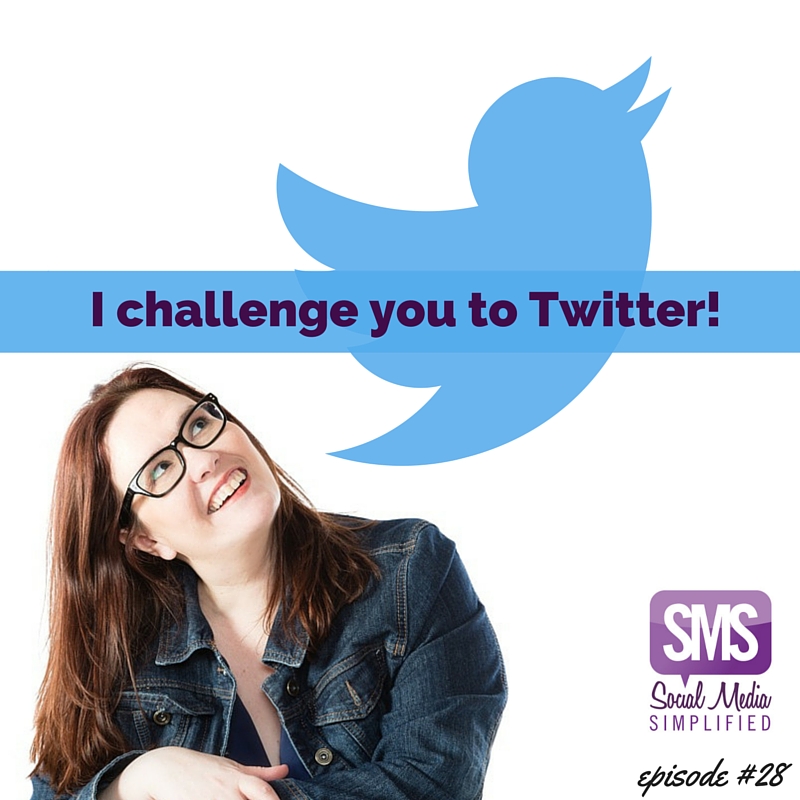"What is it and why should I care" is something I hear a lot of when it comes to digital marketing, and is a statement I have addressed many times over the years. It's commonplace for people to hear about digital marketing tools over and over again, but don't really know what they are, and more than that, don't know why they should care or if they need to pay attention to that particular tool.
This week the tool I talk about is podcasting - because I often meet people who don't quite understand what a podcast is and whether or not they should be listening to them (let alone figure out how to start one of their own). So, this week I dig in to what a podcast is, why you might care about them, and how you can find good podcasts to listen to.
What is a podcast?
Podcasting, according to Wikipedia is:
A podcast is a form of digital media that consists of an episodic series of audio, video, digital radio, PDF, or ePub files subscribed to and automatically through web syndication or streamed online to a computer or mobile device.[1] The word is a portmanteau of "(i)Pod" and "broadcast."
In my own words: A podcast is an audio or video file that someone created (anyone, really - that's the beauty of podcasting) that people can download and listen to at will. You can sometimes stream podcasts from someone's website, but people who really get in to podcasts have episodes downloaded to their portable devices.
Why listen to podcasts?
Podcasts are great on the go! Cleaning, driving, running, shopping? You can listen to podcasts while completing these tasks. Podcasts allow you to learn or be entertained while doing something else (it's hard to read a book while driving!).
You can listen to podcasts when you want and about whatever you want. No need to worry about schedules or having to listen to a topic that does not interest you. You can pick any subject matter and find content that fits it (and your mood in that moment) to listen to or watch.
You can pause/stop and listen later. You don't have to miss the end of a podcast because you arrived at your driving or walking destination. And if you are listening to a podcast with someone else, you can stop a podcast and discuss an interesting point with the person you're listening with without missing the next three points.
How do you listen to podcasts?
Some people will have an episode embedded on to their website so you can listen right from there (like I do at the top and bottom of this post). Most listeners, however, listen to podcasts from an app on their mobile devices that downloads the content right to their device.
On an iDevice there is a podcast app already installed, called Podcasts. From this app, you can find and subscribe to podcast shows and new episodes will automatically download.
On Android devices a commonly used podcast app is called Stitcher.
I have links below to both to be able subscribe to this show - you should do that :)
How can I get started with my own podcast?
A lot of times people will get started with their own podcast only to realize that it is a lot of work. You will be expected to produce a podcast on a regular basis. It is more note than a blog... especially with show notes, which are great for those who do not want to listen to the podcast and prefer to learn by reading, like a blog post.
Do your research. You want to get your podcast out to a lot of people and build momentum. The more you build and produce within the first eight weeks of a podcast, the higher your chances of being successful with it.
If you decide to start a podcast, make sure the content is both informative and conversational. Make sure the podcast is relevant to your brand and think about what the goal of your podcast is before you launch.
Do you subscribe and listen to podcasts? Or do you have a podcast of your own? Will you start? Leave me a comment and let me know!






















